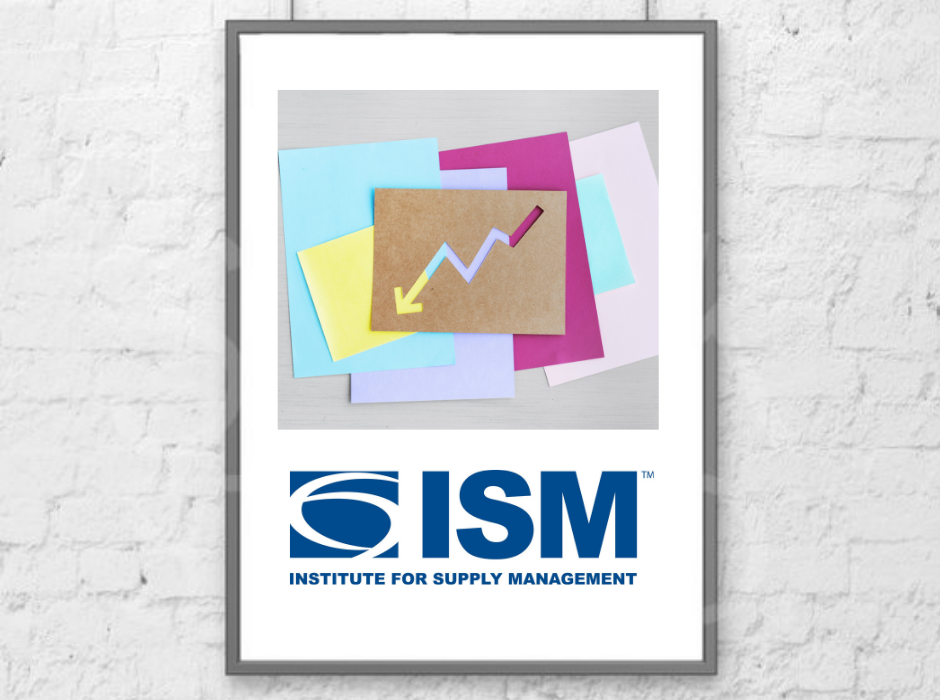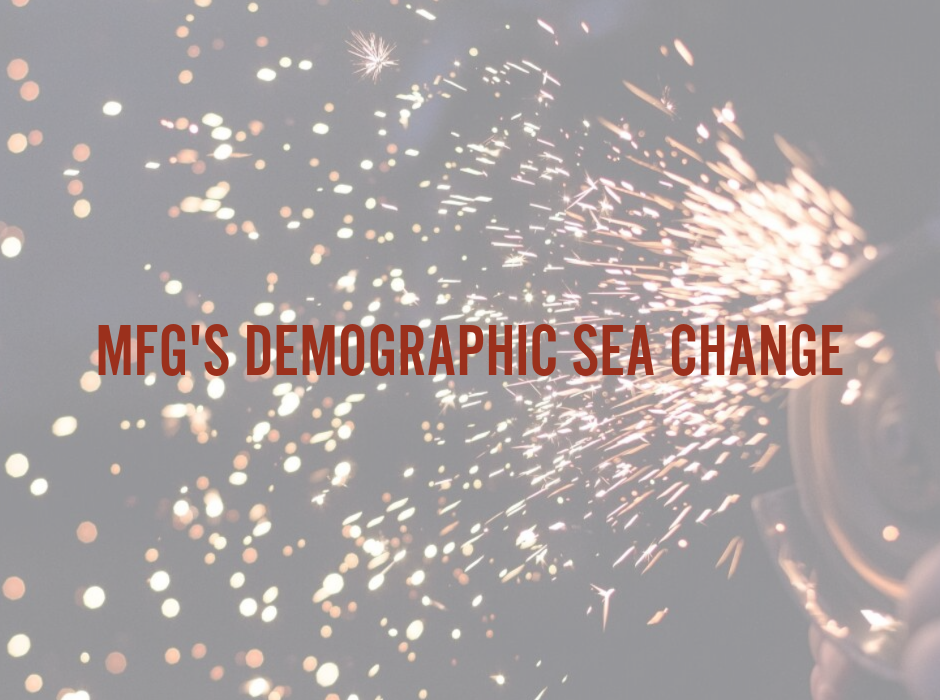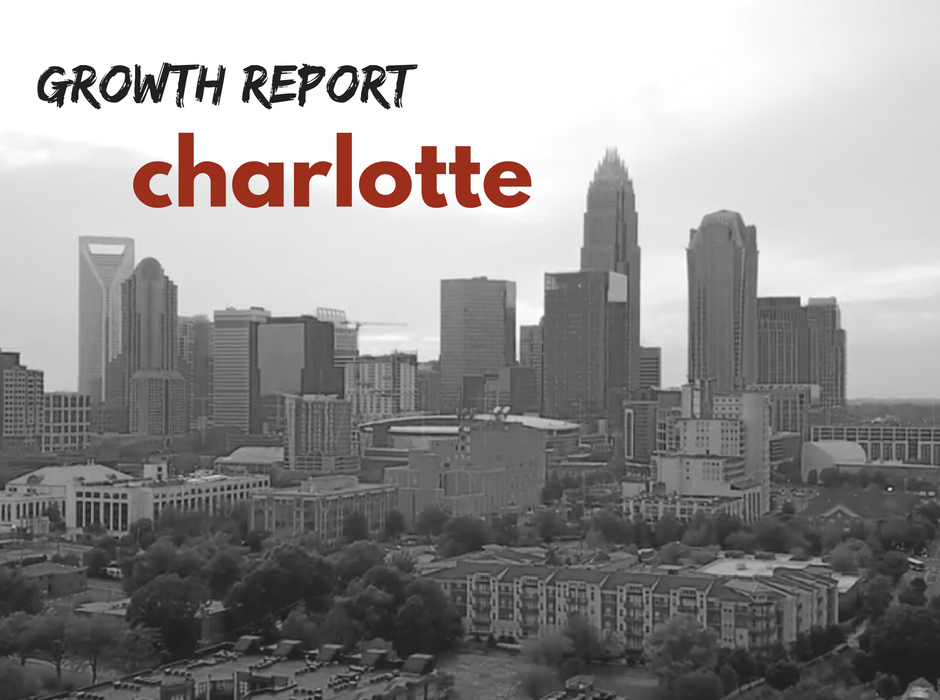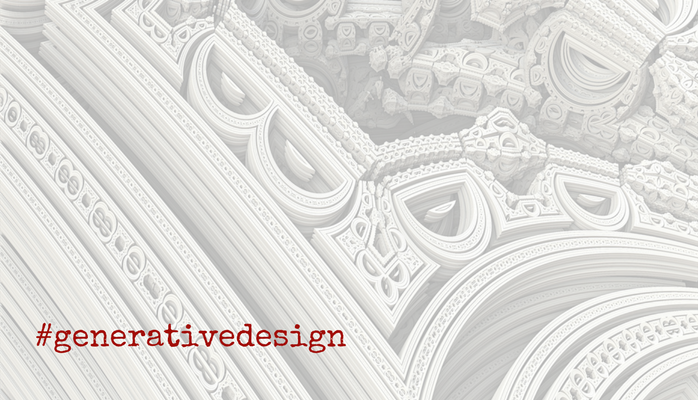The Power of Manufacturing in the Charlotte Region
Did you know that the manufacturing sector ($26 billion) contributes nearly as much to the Charlotte region’s GDP as the finance sector ($28 billion)? The Charlotte Regional Business Alliance has published a new report on the manufacturing sector that includes the following key highlights:
- Over the past 5 years, the Charlotte region’s manufacturing sector has grown twice the national average.
- The region is experiencing growth in sectors such as automotive parts suppliers, plastics and advanced textiles, machinery manufacturing, and energy manufacturing.
- Manufacturing remains the largest sector by employment in 10 of the region’s 15 counties.
- In 7 of the region’s 15 counties, manufacturing accounted for 27% or more of net new jobs over the past 5 years.








